Develop a model to describe that matter is made of particles too small to be seen.
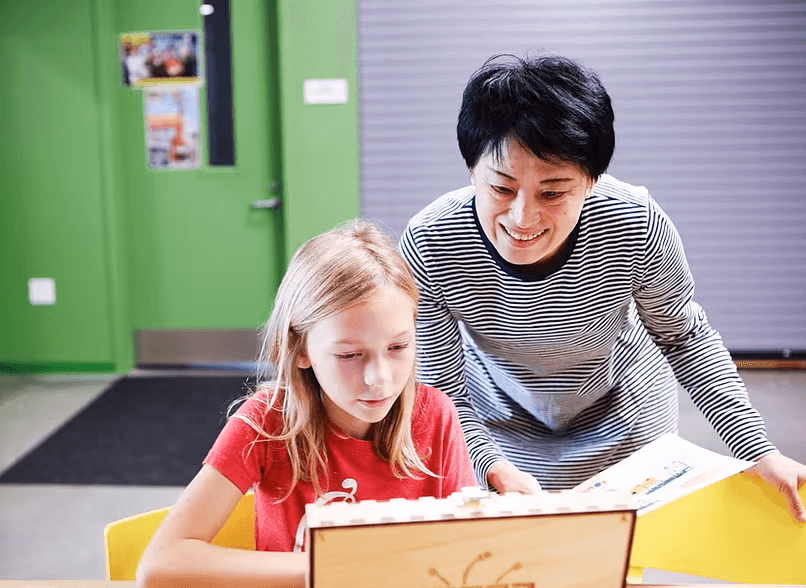
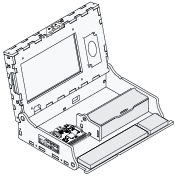 Piper Computer Kit
Piper Computer Kit
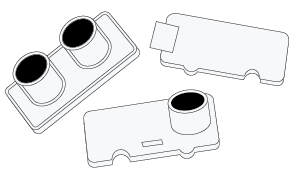 Sensor Explorer Kit
Sensor Explorer Kit
Have students consider the forms of water they encounter through a Think Pair Share warmup exercise.
Share the States of Matter slides with each group from lesson 2 or regroup for this exercise.
Note: As students go through the slides, students should fill in their graphic organizer with their findings.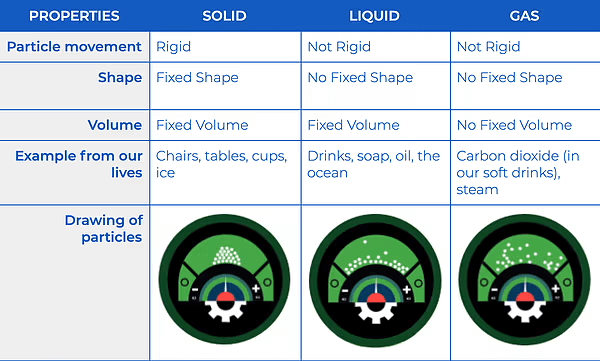
Provide Context: Using Lesson 3 Slides, review the particle images that match a state of matter on slide 2.
Have students read the following (or explain it to them in your own way):
“Water will be liquid between 0 and 100 degrees Fahrenheit, but oxygen will be gas at the same temperatures. This is based on the composition of matter - objects are found in certain states based on the temperature. Why is matter in a particular state at a temperature? (There are certain properties of objects that determine what phase they’re in under certain pressure and temperature.) The composition of matter determines when an object becomes liquid, solid, and gas. That is why our houses don’t melt when it’s hot outside. Temperature plays a part in this, but we will explore that in the next lesson.”
Use Slides 3-5 to discuss with the class.
At the end of this lesson, have student take the Assessment.
 Soil and Plant Scientist: Salary $65,730/yr
Soil and Plant Scientist: Salary $65,730/yr
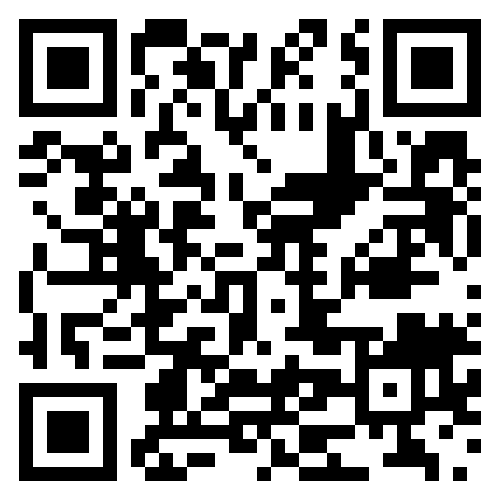 Meteorologist: Salary $92,860/yr
Meteorologist: Salary $92,860/yr
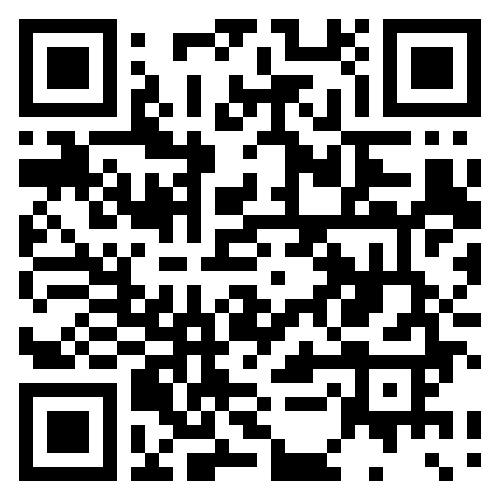 Air Conditioning Installer: Salary $57,300/yr
Air Conditioning Installer: Salary $57,300/yr
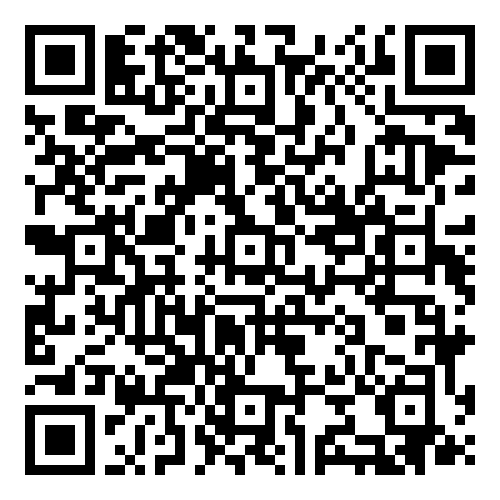 Hydrologic Technician: Salary $53,360/yr
Hydrologic Technician: Salary $53,360/yr
Temperature Measures how hot or cold something is. It tells us the level of heat in a substance or environment, and we use tools like thermometers to find out.
Phenomena Events or things that happen in the natural world that we can observe and study. In science, phenomena are the interesting or unusual occurrences we want to understand better, like how a rainbow forms or why certain plants grow in specific places.
Celsius A scale used to measure temperature, where water freezes at 0 degrees and boils at 100 degrees. It’s commonly used around the world to describe how hot or cold something is.
We are excited to be aligned with the following standards.
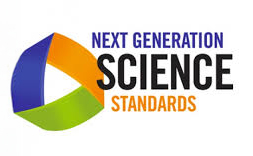
| Concept | Standard |
|
Develop a model to describe that matter is made of particles too small to be seen. |
3-5-PS1-1 |
|
Make observations and/or measurements of an object’s motion to provide evidence that a pattern can be used to predict future motion. |
3-PS2-2 |
|
Develop a model of waves to describe patterns in terms of amplitude and wavelength and that waves can cause objects to move. |
4-PS4-1 |
|
Develop a model to describe that light reflecting from objects and entering the eye allows objects to be seen. |
4-PS4-2 |
|
Generate and compare multiple solutions that use patterns to transfer information. |
4-PS4-3 |
|
Use a model to describe that animals receive different types of information through their senses, process the information in their brain, and respond to the information in different ways. |
4-LS1-2 |
|
Develop a model to describe the cycling of matter and flow of energy among living and nonliving parts of an ecosystem. |
MS-LS2-3 |
|
Develop a model that predicts and describes changes in particle motion, temperature, and state of a pure substance when thermal energy is added or removed. |
MS-PS1-4 |
|
Plan an investigation to determine the relationships among the energy transferred, the type of matter, the mass, and the change in the average kinetic energy of the particles as measured by the temperature of the sample. |
MS-PS3-4 |
|
Construct, use, and present arguments to support the claim that when the kinetic energy of an object changes, energy is transferred to or from the object. |
MS-PS3-5 |
|
Develop a model to describe that waves are reflected, absorbed, or transmitted through various materials. |
MS-PS4-2 |
|
Develop a model to describe the cycling of water through Earth's systems driven by energy from the sun and the force of gravity. |
MS-ESS2-4 |
|
Ask questions to clarify evidence of the factors that have caused the rise in global temperatures over the past century. |
MS-ESS3-5 |
|
Obtain and combine information to describe climates in different regions of the world. |
3-ESS2-2 |